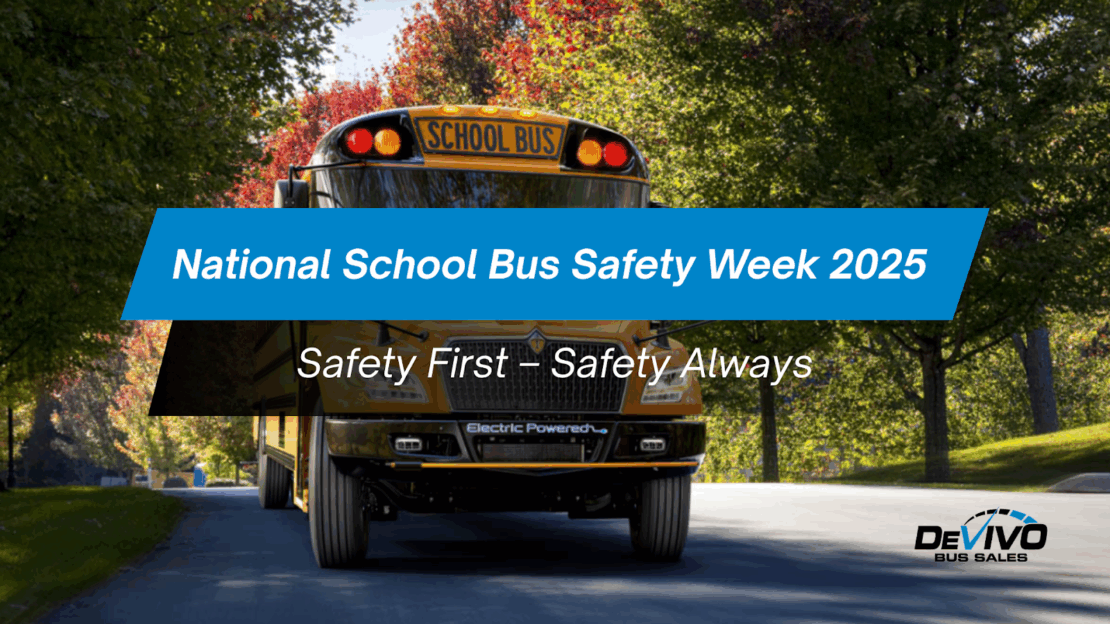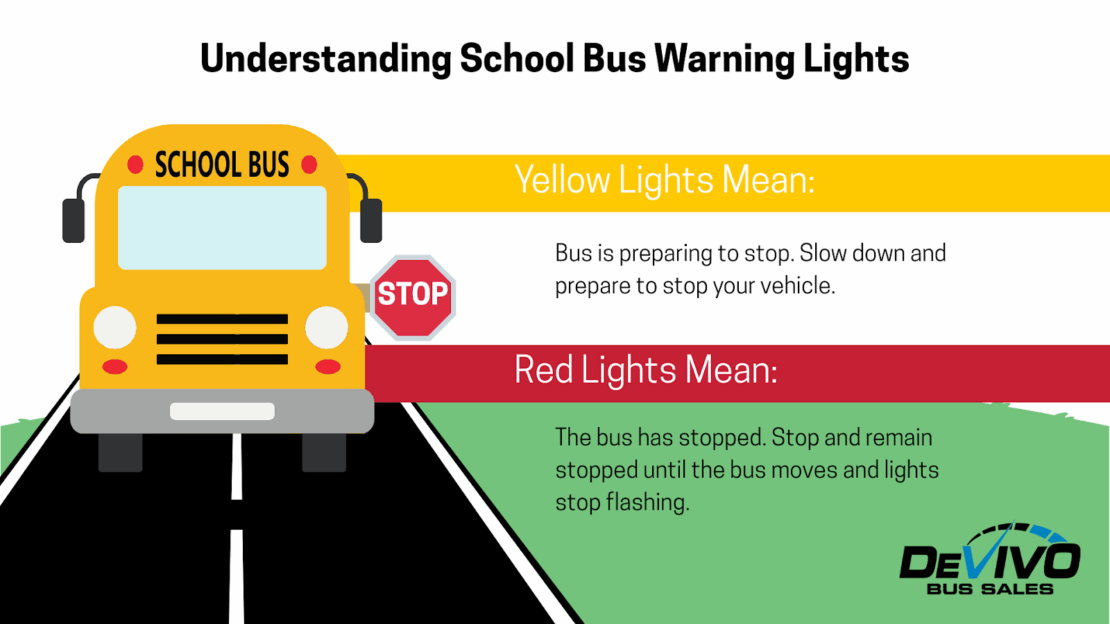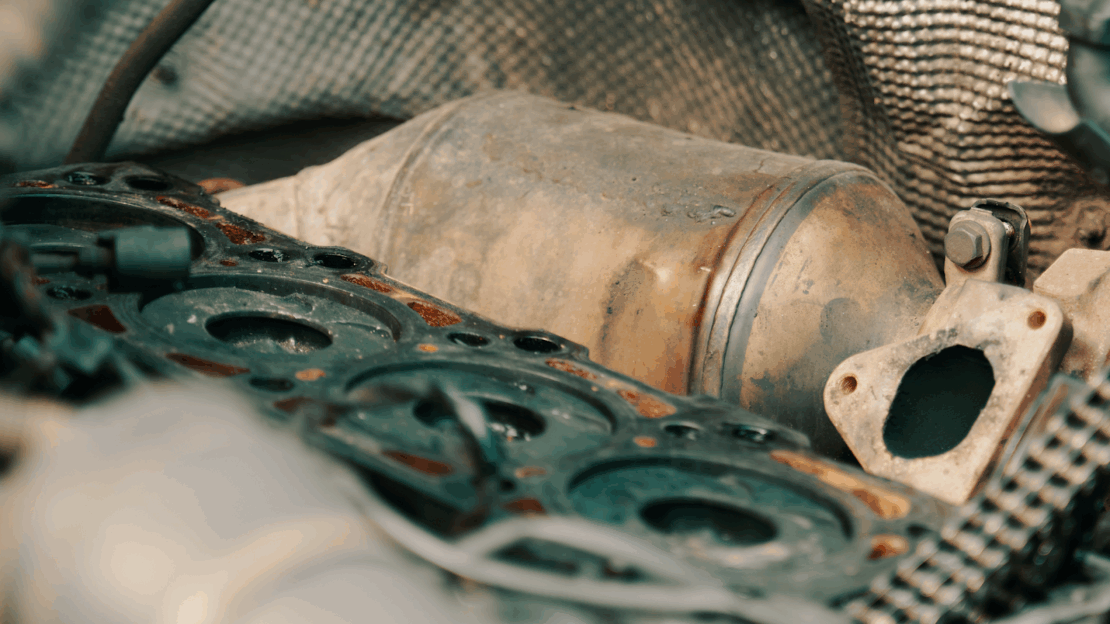Wheelchair Accessible Buses for Sale
Transportation access isn’t just a convenience, it’s a lifeline. Millions of Americans rely on wheelchairs, scooters, and other mobility devices every day, yet many remain transportation disadvantaged due to limited accessible vehicle options. According to Bridge to Mobility, more than 2 million people are currently seeking a wheelchair accessible vehicle, and that number grows 8% every year. Yet, only 4% have access to a private vehicle that accommodates their mobility needs.
In the U.S., an aging population is further fueling growth, 61.2 million Americans are now age 65 or older, a figure that continues to rise.
From senior living communities to medical transport fleets, demand for ADA-compliant wheelchair buses is accelerating across multiple sectors.

Who Needs Wheelchair Accessible Buses?
1. Non-Emergency Medical Transportation (NEMT)
NEMT services are used for an estimated 200 million trips annually in the U.S. These services provide essential transportation to dialysis centers, hospitals, and clinics for patients who otherwise couldn’t reach care safely.
Accessible buses allow NEMT providers to serve more patients efficiently while meeting Medicaid and ADA requirements.
2. Senior Living & Healthcare Facilities
Between 2022 and 2050, the number of Americans aged 65+ will increase by nearly 47%. Senior living campuses, rehabilitation centers, and nursing homes rely on lift-equipped shuttle buses to provide mobility and independence to residents.
3. Schools & Special Education
Public and private schools must provide accessible transportation for students with disabilities. Wheelchair buses enable inclusive transportation for daily routes, field trips, and extracurricular activities.
4. Churches & Community Education
Faith groups and nonprofits increasingly operate accessible buses for worship services, volunteer programs, and community outreach. These vehicles enable participation for all members, regardless of mobility level.
5. Public Transport & Paratransit
Under the Americans with Disabilities (ADA) Act, public agencies must provide accessible transportation options. However, public wheelchair transportation remains unavailable to over 45% of Americans, a gap that accessible buses can help close.
Understanding ADA Compliance Requirements
Failure to meet ADA standards can lead to denied contracts, lost funding, and liability exposure. Below are the core requirements every wheelchair accessible bus must meet.
1. Wheelchair Lift or Ramp Specifications
- Must support 600 lbs with a safety factor of at least 6 (3,600 lbs) for moving parts.
- Platform minimum: 30” x 48” to fit standard wheelchairs.
- Minimum 56” door clearance on vehicles 22 feet or shorter.
- Ramp slope no steeper than 1:4 when deployed to ground.
2. Platform Safety Features
- Side barriers at least 1.5 inches in height extending beyond the vehicle.
- Dual handrails, 8” minimum usable length, 30-38” height.
- Slip-resistant platform surfaces.
3. Securement Requirements
- 30” x 48” clear floor space is the minimum standard in these areas. Requirements vary by state.
- Separate seatbelt and shoulder harness per position.
- Wheelchair restraints must be distinct from passenger seatbelts.
4. Interior Accessibility
- 32-inch minimum aisle width.
- 60-inch turning radius (or equivalent T-turn space).
- Clearly marked priority seating.
- Grab handles and accessible controls throughout.
5. Lights & Illumination
- 2 foot-candles minimum lighting on steps/lift platforms.
- Contrasting edge colors and slip-resistant steps.
- Proper illumination of lift deployment area.
6. Operational Requirements
- Stop announcements at major transfer points for visually impaired riders.
- Accessible fair collection systems where applicable.
To ensure complete compliance, check with your individual state’s requirements.
Why Choose DeVivo Bus Sales
Your Partner in Accessible Transportation
At DeVivo Bus Sales, accessibility isn’t an afterthought. Every wheelchair accessible bus we sell meets or exceeds ADA standards and is backed by local service and support across the Northeast.
We offer:
- Comprehensive selection of wheelchair buses
- ADA compliance expertise and training resources
- Financing and grant support to simplify acquisition
- Partnerships with leading manufacturers like IC Bus and Collins
Our team understands the unique needs of NEMT providers, schools, senior living communities, and paratransit operators, and we’re here to help you find the right fit.




